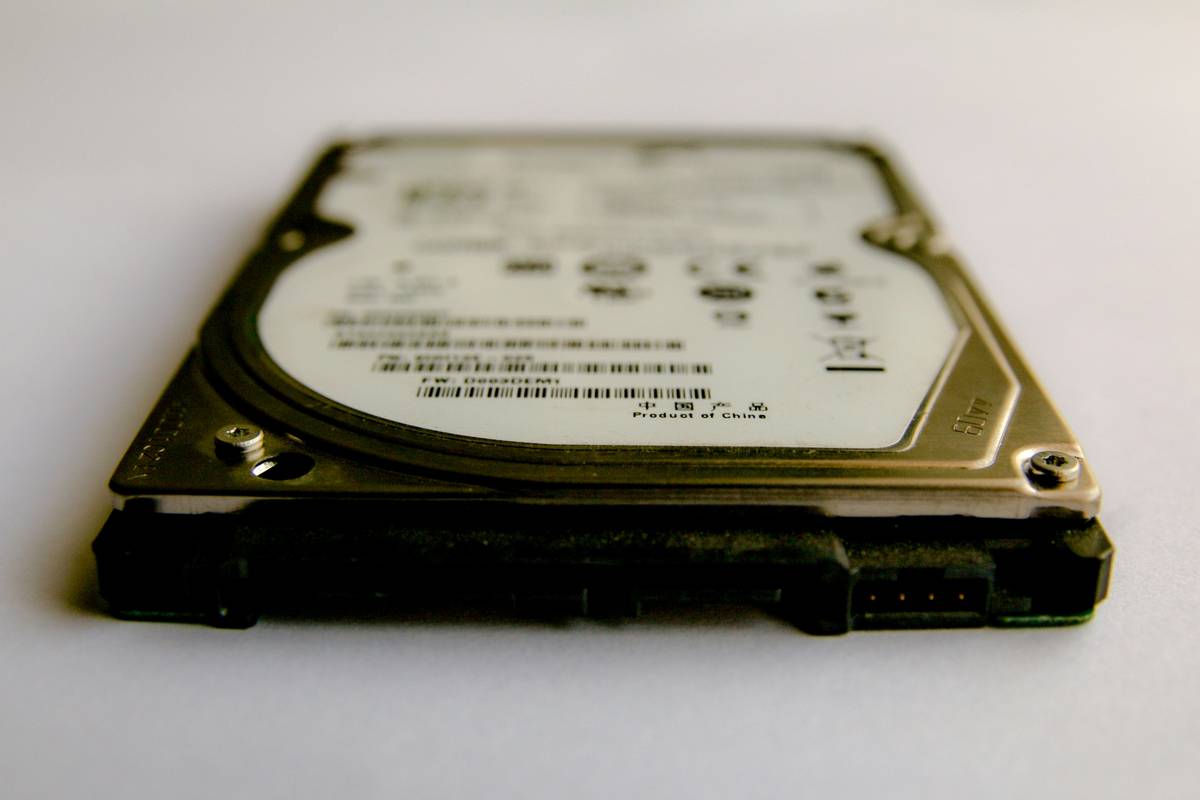Have you ever been caught off guard by an unexpected server crash? Imagine this: you’re in the middle of retrieving critical client data from your archive when—boom—the system goes dark. No backups, no access, nothing. Now multiply that sinking feeling across months or years’ worth of vital records. Sound familiar? Welcome to the nightmare world without proper cloud archive disaster recovery strategies.
In this post, we’ll dive deep into everything you need to master cloud archive disaster recovery. You’ll learn why it’s crucial, step-by-step implementation methods, insider tips for success, and even laugh (or cry) at some industry horror stories along the way.
Table of Contents
- Key Takeaways
- Why Cloud Archive Disaster Recovery Matters
- Step-by-Step Guide to Setting Up Cloud Archive Disaster Recovery
- Best Practices for Managing Your Data Archives
- Real-World Success Stories with Cloud Archive Solutions
- Frequently Asked Questions About Cloud Archive Disaster Recovery
Key Takeaways
- A robust cloud archive disaster recovery plan can save businesses millions annually by preventing data loss.
- Automated processes reduce manual errors while ensuring seamless recovery during emergencies.
- Choosing the right platform is half the battle; scalability, compliance, and cost-efficiency matter most.
- Daily monitoring ensures proactive detection of potential issues before they spiral out of control.
Why Cloud Archive Disaster Recovery Matters

Losing access to archived data isn’t just inconvenient—it can cripple operations entirely. According to IBM’s Cost of a Data Breach Report 2023, the average financial hit per breach now stands at $4.45 million. And guess what? Human error accounts for nearly 25% of these disasters!
Let me paint a picture. Picture yourself staring blankly at a blank screen after accidentally deleting three years’ worth of archived emails containing priceless customer insights. Ouch.
Rant Time: Stop Ignoring Backup Protocols
I swear on my morning coffee—if I see another company skimping on backups because “it won’t happen to us,” I might scream louder than my laptop fan on max render mode. Trust me; denial gets expensive quickly here.
Step-by-Step Guide to Setting Up Cloud Archive Disaster Recovery
Step 1: Audit Your Current Data Storage System
Before jumping into solutions, evaluate where you currently stand:
- List all existing storage systems and their capacities.
- Prioritize sensitive vs non-sensitive datasets based on business impact.
Step 2: Choose the Right Cloud Service Provider
Consider factors like security features, pricing models, integration capabilities, and support options when selecting providers such as AWS Glacier, Google Coldline, or Azure Archive Storage.
Step 3: Automate Backups & Testing
Automation reduces human errors significantly:
- Set up scheduled intervals for automated snapshots.
- Regularly simulate failure scenarios to test recovery protocols.
“Optimist You:” ‘Follow these steps diligently!’
“Grumpy You:” ‘Ugh, fine—but only if there’s enough caffeine fuel powering those late nights.’
Best Practices for Managing Your Data Archives

TIP #1: Version Control Is Key
Maintain multiple versions of archived files so rolling back changes remains hassle-free.
Terrible Tip That Should Never Be Followed:
Thinking USB drives are sufficient backup tools? Please don’t. Those tiny sticks have higher failure rates than most people realize.
TIP #2: Regular Reviews Keep Things Fresh
Schedule quarterly audits to ensure compliance and relevancy within your archival database.
Real-World Success Stories with Cloud Archive Solutions

Take inspiration from multinational corporations who transformed chaotic data environments through strategic planning:
Case Study: Retail Giant Saves Millions Post-Migration
One retail giant migrated terabytes of transaction history onto AWS S3 Intelligent-Tiering. Within months, operational downtime reduced dramatically, saving them upwards of $8M annually.
Frequently Asked Questions About Cloud Archive Disaster Recovery
FAQ #1: How Much Does Implementing This Strategy Cost?
Costs vary widely depending on scale and provider choice but typically range between $50-$500/month for SMBs utilizing tiered storage plans.
FAQ #2: Can Small Businesses Afford Such Systems?
Absolutely! Many scalable offerings cater specifically to small teams looking to invest wisely upfront rather than paying hefty sums later due to avoidable losses.
Conclusion
To recap, setting up a reliable cloud archive disaster recovery strategy isn’t optional anymore—it’s essential for survival in today’s digital landscape. Remember:
- Assess current setups honestly.
- Select trusted platforms wisely.
- Automate everything possible.
- Stay vigilant through regular reviews.
And finally…
Data flows steady,
Backups humming low-key—
Peace reigns supreme.


